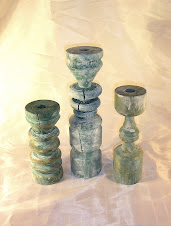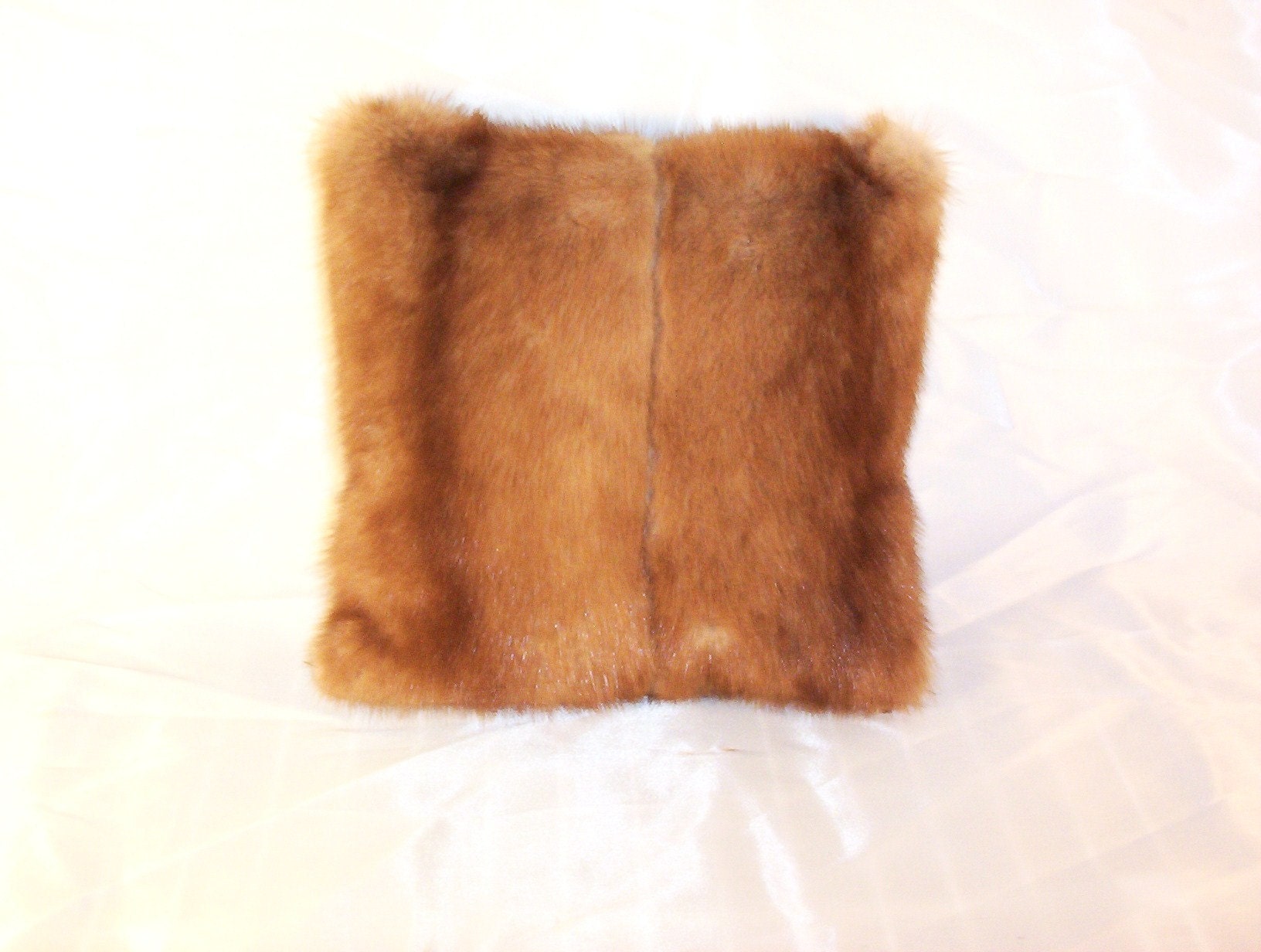Monday, March 22, 2010
Rory's Tip of The Week-When To Use Shellac
Shellac has become at least in some respects the poor stepchild of finishes. Although it was popular as a furniture finish in the 1800s and in the 1900s up until around 1920 or so, it has since been overshadowed by other products such as laquers and polyurethanes. But, it definitely has it's advantages, and should not be overlooked. When refinishing furniture I consider it a staple item. Here are a few instances when I use shellac.
Shellac is an all natural product. It is a by-product of a bug found in India and Thailand. Shellac is often used in the maufacturing of candies and food products. If you are looking for a product that when dry is one of the more non-toxic fiishes that you can use then shellac might be the one for you.
Shellac is clear or can be tinted to give you some color choices. It comes in a spray can or in a brush on formula. If you decide to use the brush on method you will want to cut the shellac with denatured alcohol, so buy a can of that as well. The amount of alcohol you add will vary according to your needs. A good starting point is a 50-50 mix until you get used to it. It also comes premixed sometimes, in an amber or orange variation. I use the amber quite a bit. If you read my post about handmade Easter eggs, you may remember where I dappled some amber shellac on the eggs to give them some color variations.
Shellac is known for a warm soft glow, especially the amber version when dry. I like it a lot for refinishing old wooden sleds, prim flour bins and soft woods like pine and cedar.
I also use it as a primer or sealer, especially when refinishing a dining room table. Here is why...Over the years silicone based furniture waxes have become more and more common. Silicone contamination of a piece of bare wood can be catastrophic. Silicone, if left unchecked, will often cause a condition called "fisheye" in a fine finish. In cases of severe contamination, it will cause your freshly coated table to look like it has the chicken pox. It is pretty awful to contend with. The really bad thing about silicone contamination is that you can't see it ahead of time, sanding won't take it out, mineral spirits and solvent won't remove it, and neither will paint remover. So what do you do? Shellac to the rescue! Just apply a coat of shellac as a primer, before you put on your hard coat. The shellac will seal off the silicone and keep the fisheye out of your finish. I have gotten where I use it almost as a rule when refinishing dining room tables. For this application I usually use the spray version.
Shellac is incredibly beautiful on old, worn, pine flooring. It does not hold up to wear very well, but it can be reapplied to traffic areas where needed, and it dries quickly. There was a time around the turn of the century when floors were commonly finished with shellac.
Shellac is also a really easy finish to use. This is a good one for beginners. It is a very forgiving finish. The disadvantage of shellac is that it is not nearly as durable as a laquer or polyurethane, so I don't apply it as a top coat on pieces that get a lot of use. But, it's hard to deny the advantages of shellac in the workshop. Give it a try.
Rory
Shellac is an all natural product. It is a by-product of a bug found in India and Thailand. Shellac is often used in the maufacturing of candies and food products. If you are looking for a product that when dry is one of the more non-toxic fiishes that you can use then shellac might be the one for you.
Shellac is clear or can be tinted to give you some color choices. It comes in a spray can or in a brush on formula. If you decide to use the brush on method you will want to cut the shellac with denatured alcohol, so buy a can of that as well. The amount of alcohol you add will vary according to your needs. A good starting point is a 50-50 mix until you get used to it. It also comes premixed sometimes, in an amber or orange variation. I use the amber quite a bit. If you read my post about handmade Easter eggs, you may remember where I dappled some amber shellac on the eggs to give them some color variations.
Shellac is known for a warm soft glow, especially the amber version when dry. I like it a lot for refinishing old wooden sleds, prim flour bins and soft woods like pine and cedar.
I also use it as a primer or sealer, especially when refinishing a dining room table. Here is why...Over the years silicone based furniture waxes have become more and more common. Silicone contamination of a piece of bare wood can be catastrophic. Silicone, if left unchecked, will often cause a condition called "fisheye" in a fine finish. In cases of severe contamination, it will cause your freshly coated table to look like it has the chicken pox. It is pretty awful to contend with. The really bad thing about silicone contamination is that you can't see it ahead of time, sanding won't take it out, mineral spirits and solvent won't remove it, and neither will paint remover. So what do you do? Shellac to the rescue! Just apply a coat of shellac as a primer, before you put on your hard coat. The shellac will seal off the silicone and keep the fisheye out of your finish. I have gotten where I use it almost as a rule when refinishing dining room tables. For this application I usually use the spray version.
Shellac is incredibly beautiful on old, worn, pine flooring. It does not hold up to wear very well, but it can be reapplied to traffic areas where needed, and it dries quickly. There was a time around the turn of the century when floors were commonly finished with shellac.
Shellac is also a really easy finish to use. This is a good one for beginners. It is a very forgiving finish. The disadvantage of shellac is that it is not nearly as durable as a laquer or polyurethane, so I don't apply it as a top coat on pieces that get a lot of use. But, it's hard to deny the advantages of shellac in the workshop. Give it a try.
Rory
Subscribe to:
Post Comments (Atom)











.jpg)





















8 comments:
This is some great information. I recently finished a piece of furniture and had the 'dreaded fish eye' issue. I was able to correct it, but will try your suggestion of priming with shellac next time. TFS.
Thanks Pieced Pastimes,
I personally think that "fisheye" is one of the main causes of the premature aging of refinishers. Give shellac a try. It works. After you spray it on, very lightly sand it smooth, to get out any imperfections with 320 grit. Very Lightly. Apply a second coat of shellac if you want to be certain of coverage. Shellac dries pretty quickly, so it wont hold up your project very long to do this extra step.
Thank you for comment and stopping by.
Rory
HI RORY!thanks for the info... so good to know... and so nice that it dries pretty quickly!will try it for sure..
Hi Donatella! Nice to see you drop in. Shellac does dry pretty quickly. Usually dry to the touch in less than an hour. Sometimes less. Multiple coats in the same day are not generally a problem at all.
Rory
Hi Rory,
Wow I had no idea shellac was natural.....what kind of crazy bug is that huh???? ;0) Thanks so much for coming by today & commenting on my bedroom makeover! It was quite a haul but I am really happy with how it turned out!
Shellagh
Shellagh, You are very welcome. You did a teriffic job. And yeah, shellac is a natural product. To give you an example...Skittles candy is reportedly coated with a small amount of shellac to give it that glossy look it has. Who woulda thunk it, huh?
Rory
Nice Post. I recently had a problems with silicone on a diningroom table and stripped and re-sanded the table from 80 grit on up. Both times I used Shellac as a sealer. What I did was to soak the bare wood before sanding with laquer thinner. as I went through the grits I applied Laquer thinner. The result was silicone free. I use Shelac for the majority of my jobs. I apply it with a cheesecloth rag in a technique called French Polishing. I also use alcohol based stains which I can stain into the shellac with if needed. I love the site and look forward to reeding future entries
Hi John,
Thanks for your comment. Any tip that can be used to avoid issues with silicone is a good tip. I appreciate your input. My shellac method for sealing off silicone seems to work a little better when using the spray version, and so far has worked pretty well for me. Glad you stopped by. Feel free to comment any time.
Rory
Post a Comment